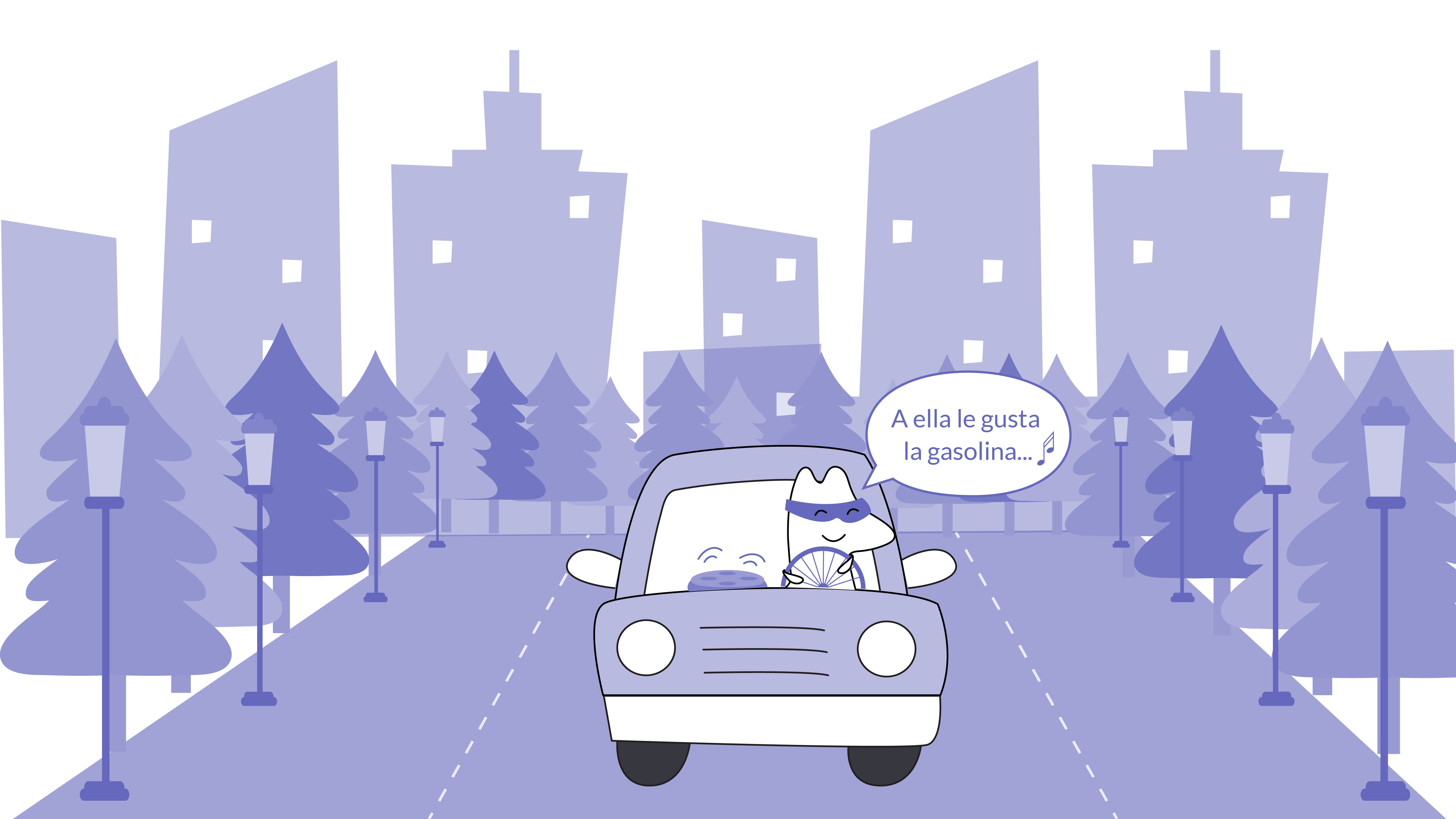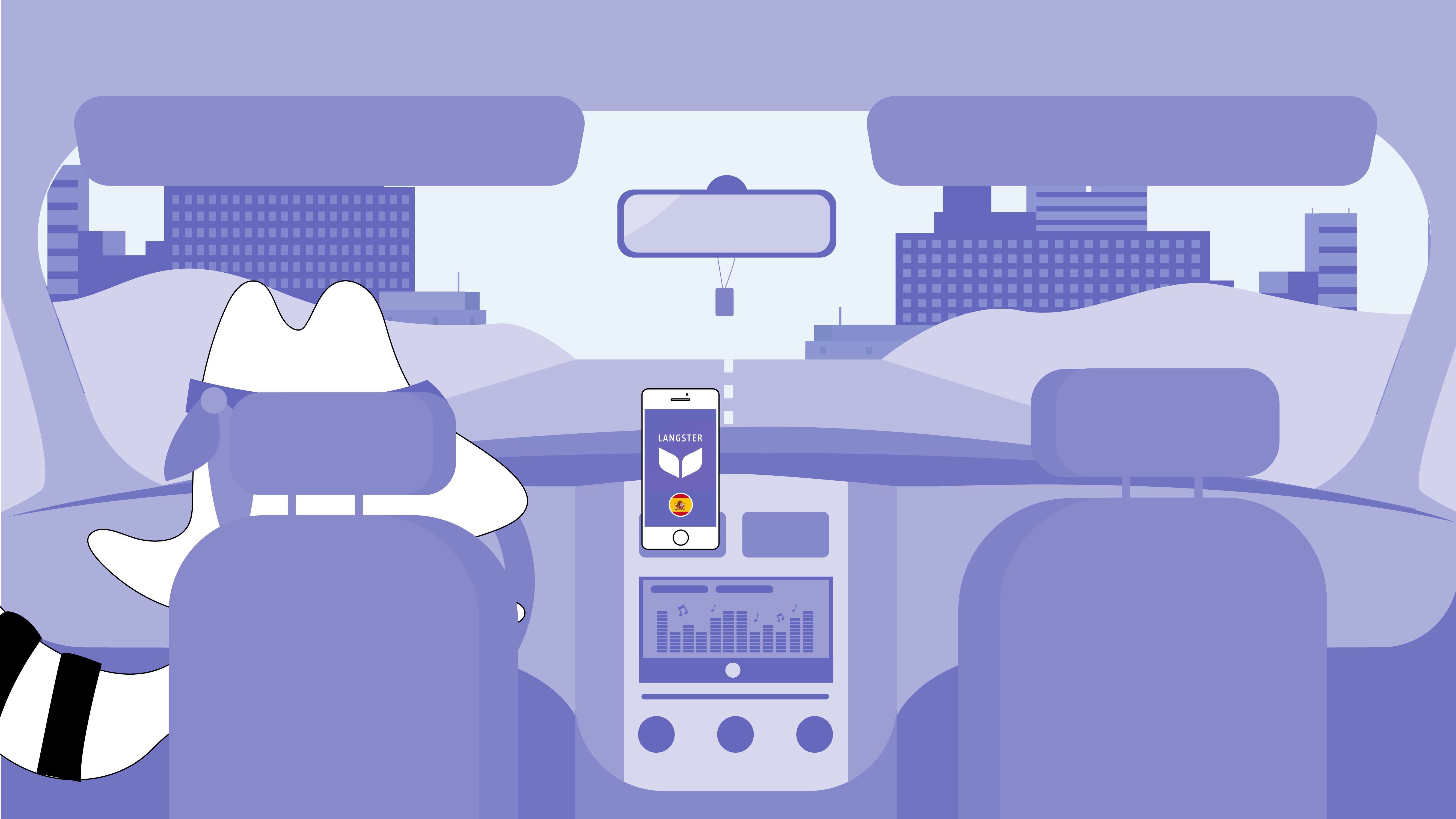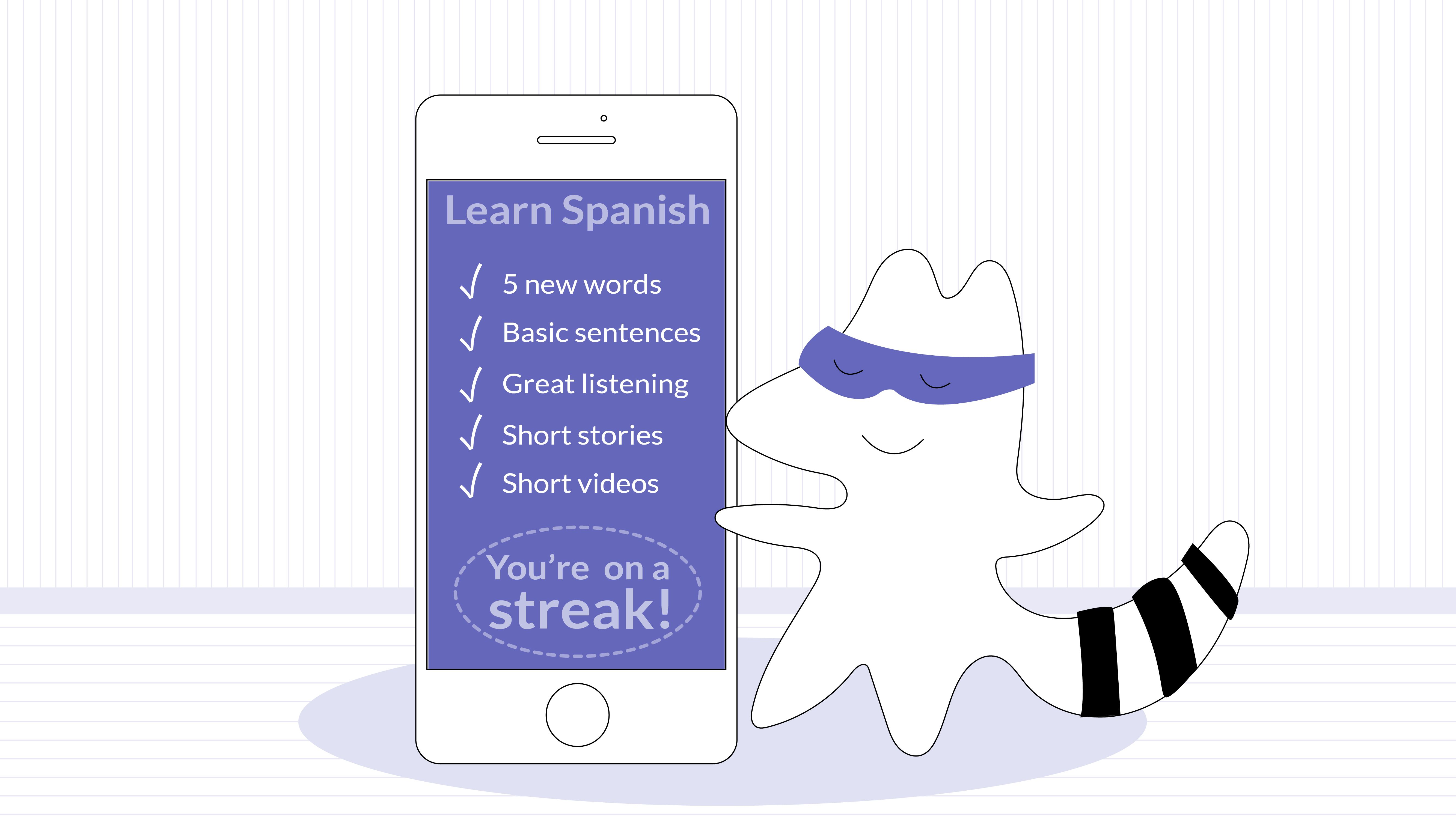
Learning a new language can be difficult, but the right resources and motivation can make it much easier! With our busy schedules, finding time slots to study throughout the day can make a great difference in your progress. Even 15 extra minutes a day will bring tangible results!
So, if you have to drive regularly, why not use that time to pick up some Spanish? With the right tools and techniques, it’s easy to learn Spanish while driving.
In this article, we'll explore tips for learning conversational Spanish on the go, such as listening to audiobooks and podcasts or using a language-learning app. Moreover, we also provide tips for staying focused and motivated throughout your journey. So, buckle up – let's get started on our road trip to Spanish fluency!
Learn Spanish with Readle
What Is Passive Language Learning?
Active and passive learning are two styles of language learning. Active learning involves engaging in conversations with native Spanish speakers and using various resources to read, write, and listen to the language. This approach also necessitates participating in discussions, practicing, and even teaching others.
On the other hand, passive learning refers to absorbing material and learning a language through listening and reading. You may not need to actively engage in conversations, but you can still get exposed to various aspects of Spanish culture and grammar when you’re passively learning.
This approach allows for learning Spanish on the go, which is especially suitable for busy individuals who are constantly short on time or have difficulty finding a native Spanish speaker to practice with.
Passive learning can also be a powerful tool for reinforcing and strengthening language skills. According to a new study published in Scientific Reports, the brain recognizes and retains learned vocabulary even when heard passively, meaning that it can be an excellent method to expand your Spanish vocabulary.
However, it’s important to know that passive learning will only boost your comprehension. In order to speak Spanish fluently, language learners should have aspects of both active and passive learning in their study process. Still, allocating more time for passive learning activities can be a great start!
Note of Caution: While learning Spanish while driving is possible, your safety should remain your top priority at all times. Never attempt to read or write while driving, and focus on the road at all times!

Actionable Tips for Learning Spanish While Driving
Now that you know what passive language learning is and its benefits, let’s look at some tips for making the most of your drives!
Audiobooks and Podcasts
Listening to audiobooks, podcasts, and other educational content can be incredibly beneficial for language learning. These materials are great because they cover a wide range of interesting topics and are easy to follow along with while driving. Moreover, they also help expand your understanding of Spanish culture.
Look for audiobooks and podcasts that are written or narrated by native Spanish speakers, as this will help you focus on pronunciation and intonation. Additionally, try to choose the material that is tailored to your current level of expertise – don’t be afraid to challenge yourself, but make sure the content is not too difficult.
Listen to Spanish Language Radio Stations
Listening to Spanish radio stations is another great way to keep your ears tuned for the language. There are many popular Spanish-language stations that offer a variety of interesting programs you can listen to while driving, including:
- Cadena SER (Spain),
- Radio Educación (Mexico),
- W Radio Bogotá (Colombia),
- Radio Nacional del Paraguay (Paraguay),
- Radio Mitre (Argentina).
These will be all excellent choices if you’re looking for a particular Spanish accent or dialect. However, you can also look for local radio stations that broadcast in Spanish, as they may be more suitable to your current level.

Voice Notes
Another great way to learn Spanish while driving is to make voice notes for yourself. This works best when you hear something you want to remember, such as a new word or phrase. Of course, be sure not to take your focus off the road – this should only take a few moments of your time.
You can use the voice notes later to review what you have learned. It’s also a great way to practice your Spanish pronunciation, as contrasting the sound of your voice against that of a native speaker can be incredibly beneficial.
Language-Learning Apps
We live in an age of technology, and language-learning apps are a great way to make the most of your drives. Select an app that allows you to learn Spanish while driving, as this will help you stay focused on your learning goals even when on the move.
Some apps that will come in handy while driving include:
- AnkiApp,
- Mondly,
- FastLingo,
- FluentU,
- Rosetta Stone.
And, of course, we can’t forget about our Langster app, designed for learning languages with stories! Inside, you’ll find bite-sized stories with audio from native speakers – perfect for learning on the go.
Some apps also come with interactive games, which are an excellent way to practice Spanish vocab and grammar in a fun and engaging way.

Keep in mind, however, that these apps will only help you learn the basics – for deeper understanding, it’s important to also engage with native speakers or find other language-learning opportunities.
How to Stay Focused and Motivated
You won’t be able to learn a language if you don’t stay focused and motivated. Here are some tips for staying on track with your learning goals:
- Find something that inspires you to keep going – whether it’s a podcast, audiobook, or even just the thought of being able to converse in Spanish someday.
- Set realistic goals for yourself, and take it one step at a time. If you don’t reach your goal, don’t be too hard on yourself – just keep pushing forward.
- Take breaks if you feel overwhelmed or frustrated – this will help you clear your head and come back to the task with renewed energy.
- Reward yourself for reaching milestones – this will help keep you motivated and make learning Spanish a fun and rewarding experience.
Final Thoughts

Learning Spanish while driving is a great way to make the most of your daily commute. With the right resources and strategies, you can pick up some basic conversational skills in no time.
By making use of audiobooks, podcasts, radio stations, voice notes, language-learning apps, and other resources, you can make your drive time more meaningful and productive. With a bit of dedication and practice, you’ll soon start seeing the results of your efforts! Happy learning, and watch the road!









